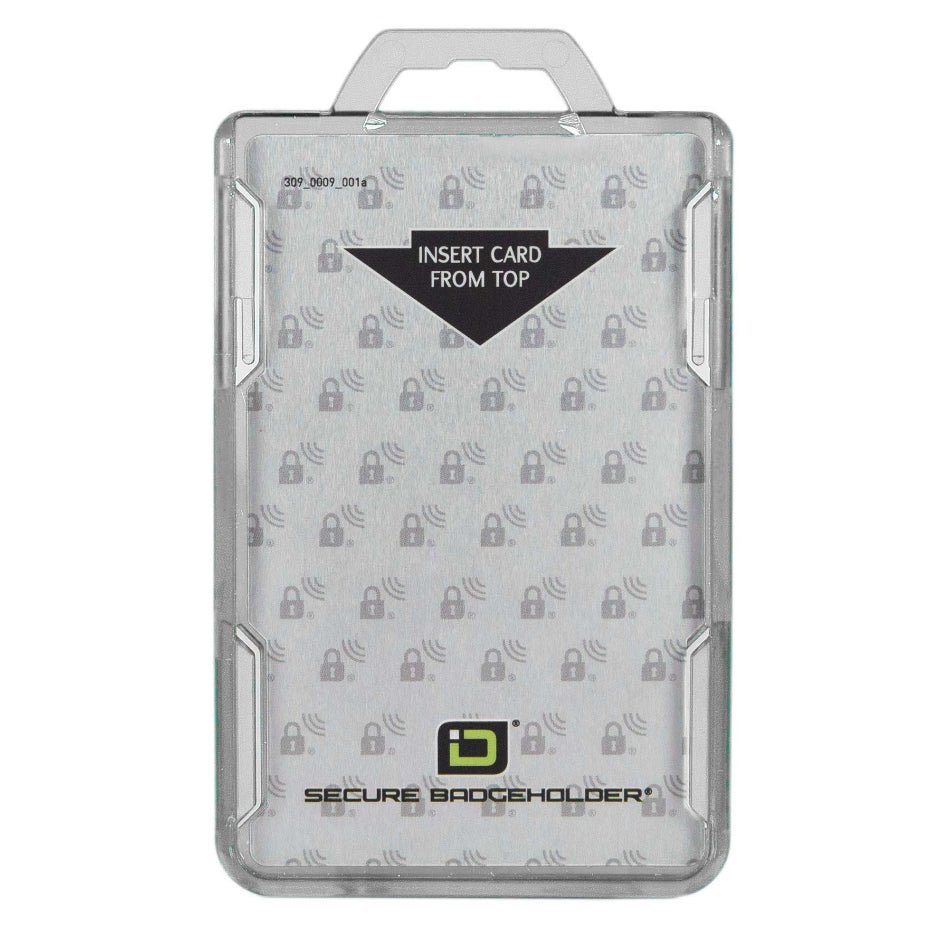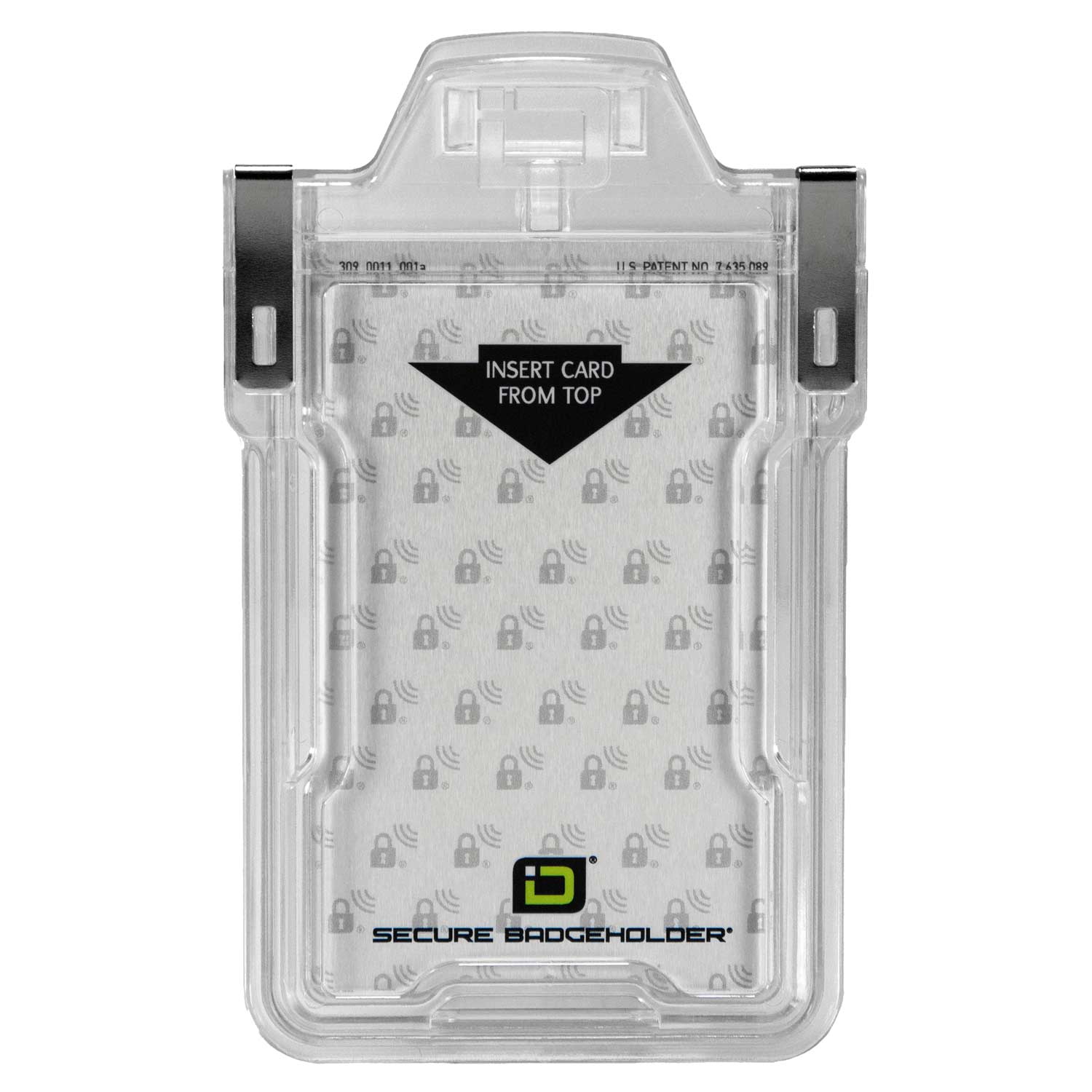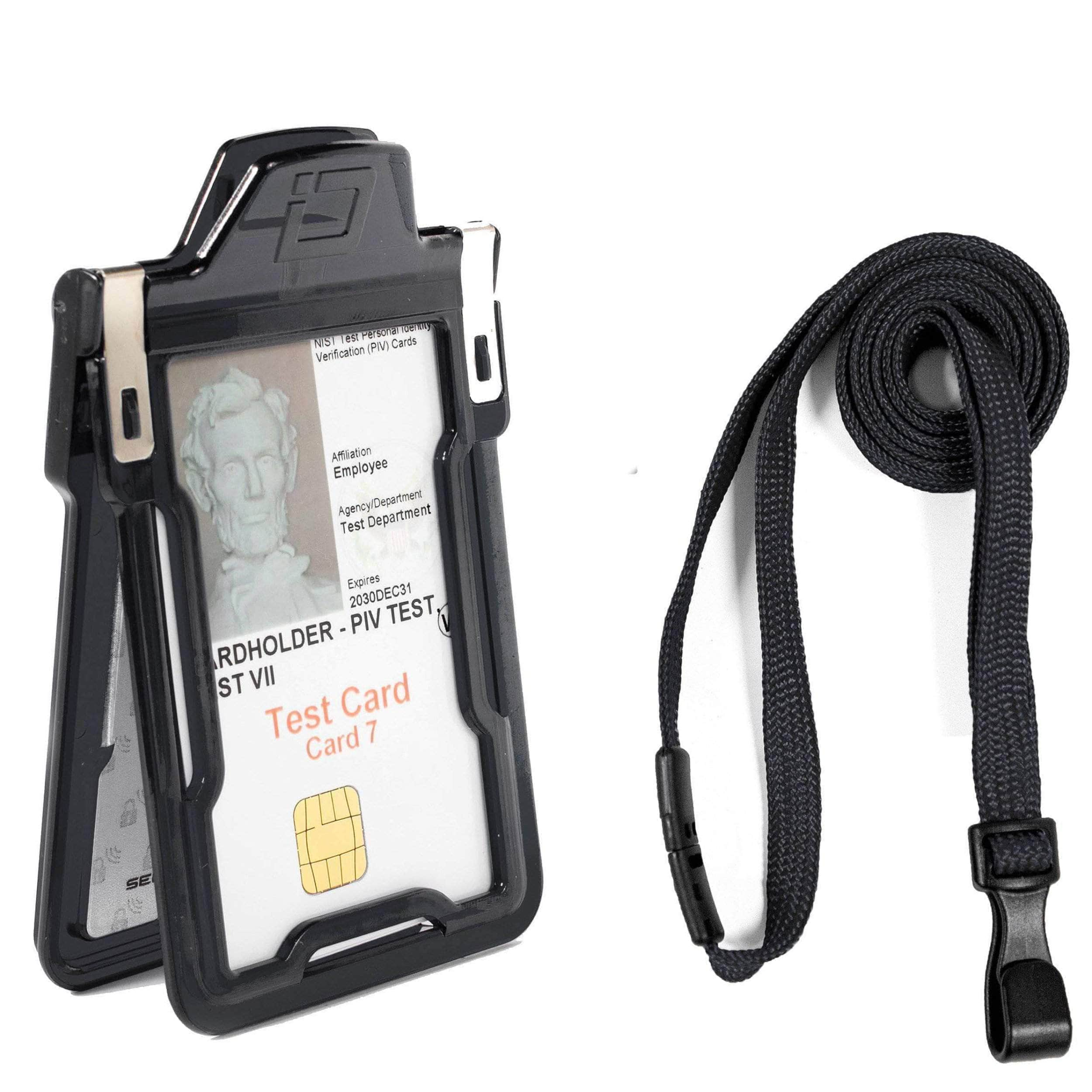Traveling can be stressful. There are so many things to do before a trip, especially an international one. In the days and weeks prior, you’ll probably want to research the area you’re going to, create a checklist of things to pack and places to visit. And if you’re going out of the country, you’ll need to remember to bring your passport. These days, you’re required to carry electronic documentation with you when you travel abroad. That means an ePassport, a chipped passport that stores certain information about you and expedites the entry process into foreign nations.
How do I know if I have a chipped passport?
An electronic, or chipped passport, looks just like the traditional passport issued to travelers for years, except for the symbol on the front cover. If your passport has a small icon near the bottom that resembles a little camera, it’s an ePassport. An ePassport contains an electronic chip with RFID functionality. In other words, it has a tiny computer chip inside that works with RFID scanners.
The Enhanced Border Security and Visa Entry Reform Act of 2002, also called the Border Security Act, requires all ports of entry into the U.S. to incorporate biometric scanners. In addition, the act mandates that travelers without visas must have electronic passports to enter the country. Because of these stipulations, all United States passports have been ePassports since the end of 2007. If you’ve received a new passport anytime in the last 12 years, it certainly has an electronic chip. All traditional United States passports without a chip have now expired. So if you apply for a passport or renew yours, you’ll get an ePassport.
How do electronic passports work?
Electronic passports allow officials to quickly verify your identity and travel authorization. They can simply scan the document with an RFID reader and use the embedded data to ensure that you are who you say you are.
What information is on my passport?
The chip in your ePassport contains all of the standard passport information: your name, address, nationality, gender, expiration date, and so on. It also includes a digital copy of your passport photograph. The digital photo enables facial recognition technology used in ports of entry. Facial recognition is a type of security based on a biometric—a unique biological trait that can be used to verify a person’s identity. The retina scanner in just about every spy movie is an example of biometric security. The fingerprint scanner on the back of your smartphone is another example of biometrics.
Your ePassport also contains an identification number and a digital signature that attempts to secure the electronic chip against modification. Unfortunately, it appears that the digital signature has been ignored for more than a decade rendering it useless in preventing passport hacking and fraud. See this article for more information https://www.wired.com/story/us-border-patrol-hasnt-validated-e-passport-data-for-years/
Can I get a passport that doesn’t have the electronic chip?
Biometrics and RFID technology aren’t going away, and the United States government is no longer issuing traditional passports (those without chips). If you’re concerned that traveling with electronic identification, such as an ePassport, exposes your private information to digital theft, you’re not alone. The ACLU voiced similar concerns in a formal opposition when ePassports were first launched. The additional protection of an RFID-blocking passport holder ensures the safety of your personal data, and is recommended by the U.S. Department of State.
Visa/passport—what’s the difference?
A passport is a form of identification for international travel. But a visa is a special authorization that allows someone to visit a foreign country for a specific period of time to study, work, or tour. If you’re traveling from the U.S. for vacation or a short business function, you simply need a passport. And make sure to get some RFID protection, like a passport wallet or sleeve from ID Stronghold, before you go.














